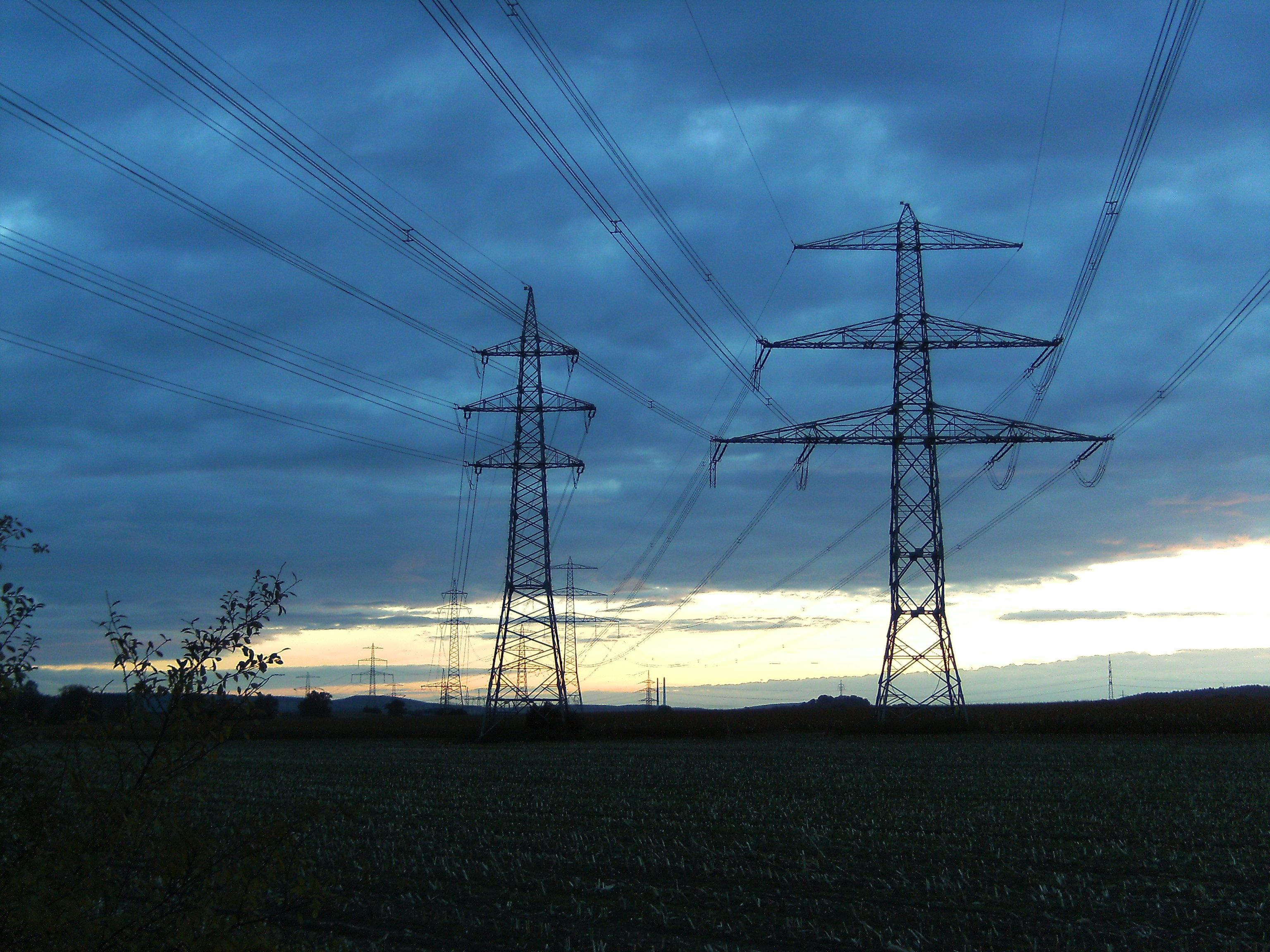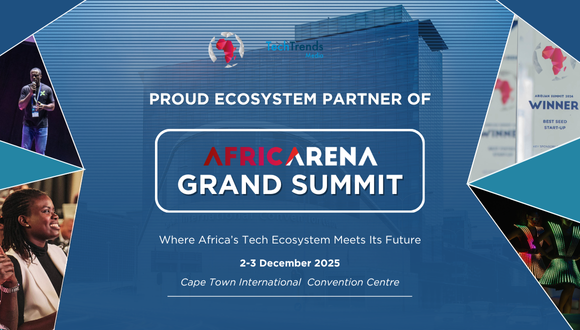
Global engineering firm Siemens has been appointed in consortium with construction company Isolux Corsan to build a 1,000 kilometre power line from Ethiopia to Kenya.
Valued at approximately US$450 million and financed by the World Bank and the African Development Bank, the project order was placed by the Kenya Electricity Transmission Co. Ltd. (KETRACO) and Ethiopian Electric Power Corporation (EEPCO)and will transmit 2,000 megawatts (MW) of environmentally friendly hydroelectric energy from Ethiopia to Kenya making it one of East Africa’s biggest infrastructure projects.
The Ethiopia-Kenya Power Systems Interconnection Project will also create the much-needed power transmission capacity and improve the exchange of energy between Ethiopia and Kenya. It will also make it possible to expand alternating-current (AC) power grids from Kenya to countries like Uganda and Tanzania.
“Development of energy infrastructure and a reliable power supply is vital to Kenya’s economic development and industrialisation strategy,” Sabine Dall‘Omo, Siemens chief executive for southern and eastern Africa said.
“This project will enable the expansion of Kenya’s electrical grid and help to provide a secure energy supply for East Africa’s economic development.”
The bipolar system also has a capacity of 2,000 MW and will connect two converter stations with a direct-current +/-500-kilovolt overhead line.
Under this agreement, Siemens will supply the HVDC core technology, such as converter valves with direct light-triggered power thyristors, converter transformers, smoothing reactors, protection and control equipment, as well as AC and direct-current (DC) filters.
Isolux Corsan will on the other hand be responsible for the construction, installation and equipment in the converter and AC substations.
The high-voltage direct-current (HVDC) transmission link is scheduled to go into operation by end 2018 and is expected to enhance the East African Power Pool (EAPP) by increasing power supply while reducing energy costs.





